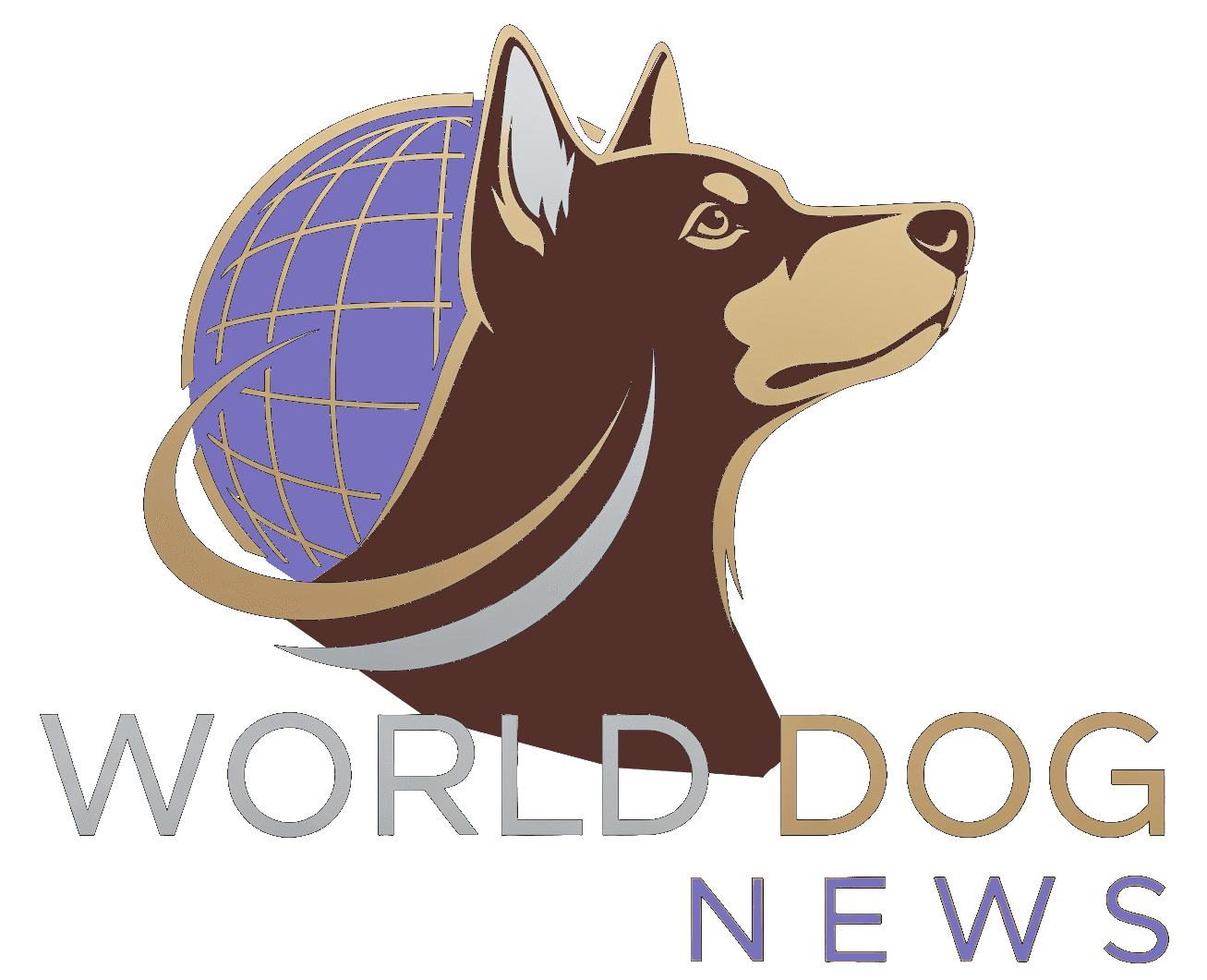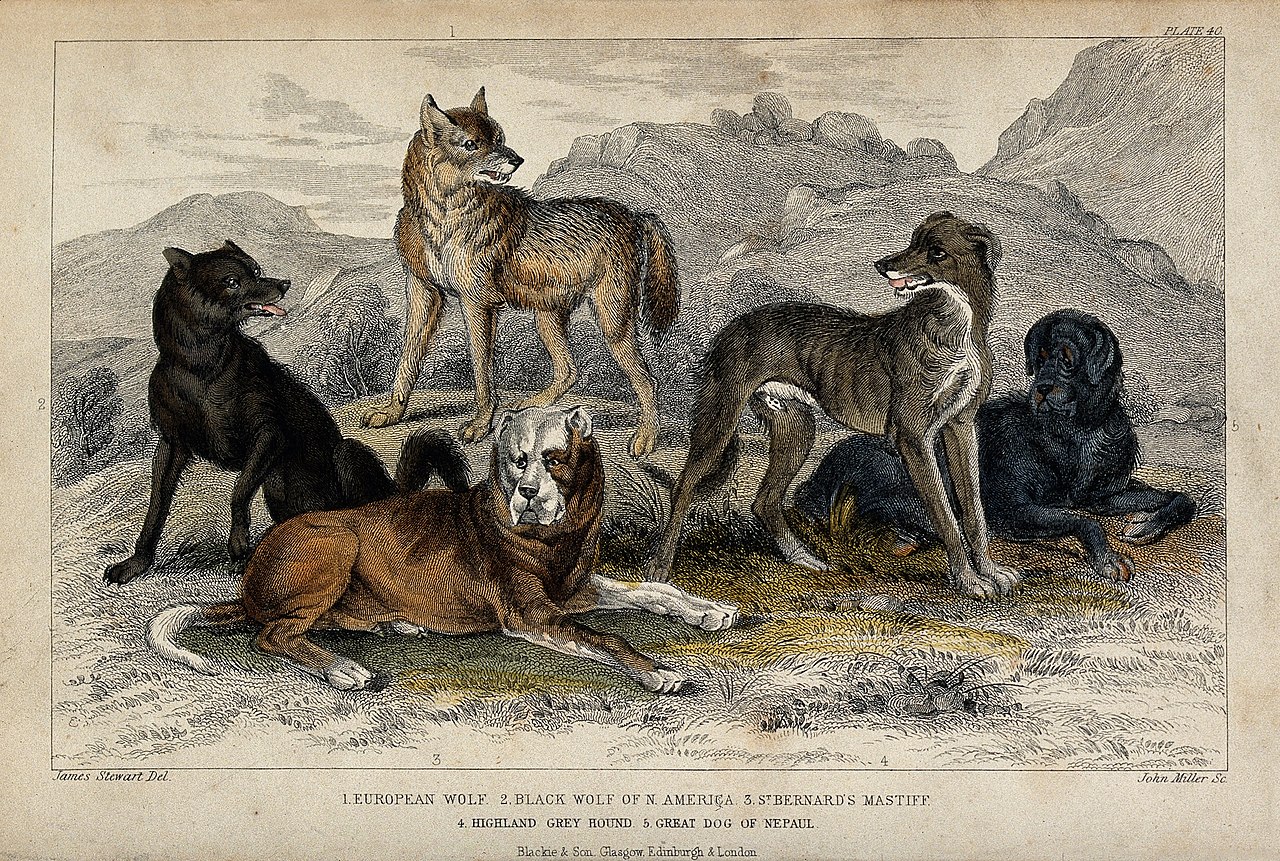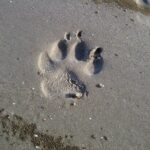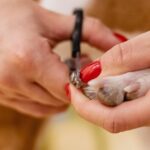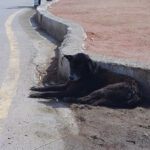How the Fierce Wolf Became Your Loyal Dog: A New Origin Story
For centuries, the transformation of wolves into dogs—the world’s first domesticated animal—has fascinated scientists and pet lovers alike. The prevailing theory held that wolves domesticated themselves, scavenging near human settlements until they gradually became tame. But new archaeological discoveries and ethnographic insights are rewriting that story, revealing a far more intentional and complex relationship between humans and wild canids.
From Predator to Pet: A Long-Standing Bond
In 1881, zoologist John Murdoch joined an expedition to Point Barrow, Alaska, where he witnessed an Iñupiat family capture two wolf pups, raise them with care, and eventually harvest them for their fur. This wasn’t just a cultural tradition—it may reflect a practice that stretches back tens of thousands of years.
For decades, the self-domestication model dominated scientific thinking. It suggested that wolves began lingering near human camps, feeding on scraps, and slowly adapting to human presence. Over time, humans began selectively breeding the tamest individuals, leading to the dogs we know today.
Biologists Raymond and Lorna Coppinger popularized this idea by studying “pariah” dogs—ownerless canines that live near human settlements and survive on waste. Archaeologist Loukas Koungoulos notes that these dogs may represent up to 70% of the global dog population. The Coppingers argued that as humans transitioned from nomadic hunting to settled farming around 12,000 years ago, they produced enough waste to attract wolves, sparking domestication.
But fossil evidence tells a different story.
Fossils That Challenge the Timeline
Palaeontologists have uncovered dog-like fossils across Eurasia—from Spain and France to Ukraine and Russia—dating from 35,500 to 13,000 years ago. These ancient canids were smaller than Pleistocene wolves, with shorter snouts, broader palates, and reduced canine teeth—physical traits that suggest early domestication. Genetic studies point to southwestern and eastern Asia as key regions of origin, indicating that dogs may have emerged over 36,000 years ago—well before agriculture began.
Why Self-Domestication Falls Short
Some defenders of the self-domestication theory argue that Paleolithic hunters left behind enough meat to attract wolves. But Stone Age people were highly efficient, rarely wasting resources. Modern hunter-gatherers store excess meat away from scavengers, often in trees or on raised platforms.
More importantly, wolves were—and still are—seen as dangerous. They’ve been known to prey on vulnerable humans, and many societies responded by killing wolves that ventured too close. “There are deep, consistent barriers to self-domestication,” says Koungoulos. “Wolves are large carnivores, and traditional societies rightly saw them as threats.”
The Human-Initiative Model
A growing body of researchers now supports a different theory: that humans actively adopted wolf pups and raised them. Wolves are born blind and remain so for about two weeks—a critical window during which they can bond with human caregivers. “With enough effort, people can raise almost any canid as a companion,” says evolutionary biologist Raymond Pierotti.
Archaeological sites support this idea. At ‘Uyun al-Hammam in Jordan, a red fox was buried alongside two humans around 16,000 years ago—likely not as a grave offering, but as a companion. Similar burials across Europe, Asia, and North America suggest deep emotional and symbolic ties between humans and canids.
Archaeozoologist Mietje Germonpré has championed this human-initiative model, arguing that Stone Age people adopted wolf pups and gradually bred those with desirable traits. The idea echoes Victorian polymath Francis Galton, who documented Indigenous practices of raising wild animals—from bear cubs and wolf pups to birds and buffalo.
Modern ethnographic reports reinforce this. The Inuit adopted bear cubs into their homes, letting them play with children and sleep in igloos. The Ainu of Japan and Russia raised bear cubs for ritual sacrifice. In Siberia, Ket families adopted bear cubs in place of children. Anthropologists have even recorded women breastfeeding young carnivores—a practice also noted by Galton. And it’s not just humans: dolphins and monkeys have been observed adopting young from other species, hinting at a deep evolutionary instinct to nurture.
Wolves as Resources and Ritual Symbols
Excavations reveal that Stone Age people used wolves in many ways. Their teeth became ornaments, skulls were used in rituals, bones were shaped into tools, and their pelts were prized for warmth. Wolves, adapted to cold climates, have thick, insulating fur—ideal for surviving glacial winters. Historical accounts describe hunter-gatherers using wolf fur to line clothing, and during the last glacial maximum (26,000–19,000 years ago), this resource would have been essential.
Lessons from the Dingo
While the exact path of domestication remains uncertain, modern analogues offer insight. Aboriginal Australians raised dingo pups but released them as adults. Despite thousands of years of interaction, dingoes remain undomesticated. Yet archaeologist Adam Brumm suggests that repeated adoption may have shaped dingo behavior, forming semi-domesticated subpopulations near human camps. He speculates that a similar process may have occurred with grey wolves, eventually giving rise to the first dogs.
The Search Continues
Researchers like Germonpré are now turning to ancient DNA to pinpoint the origins of domestication. While the self-domestication theory still has supporters, Koungoulos believes it’s losing ground. “In the face of contrary evidence,” he says, “its defenders are increasingly taking fringe positions.”
What’s emerging is a richer, more human-centered story—one that reveals our ancestors didn’t just tolerate wolves. They nurtured them, lived alongside them, and over time, transformed them into the companions we cherish today.
Further reading: https://www.researchgate.net/publication/323446717_Self-domestication_or_human_control_The_Upper_Palaeolithic_domestication_of_the_dog

